Home>Furniture>Living Room Furniture>How To Fix Torn Couch Cushions
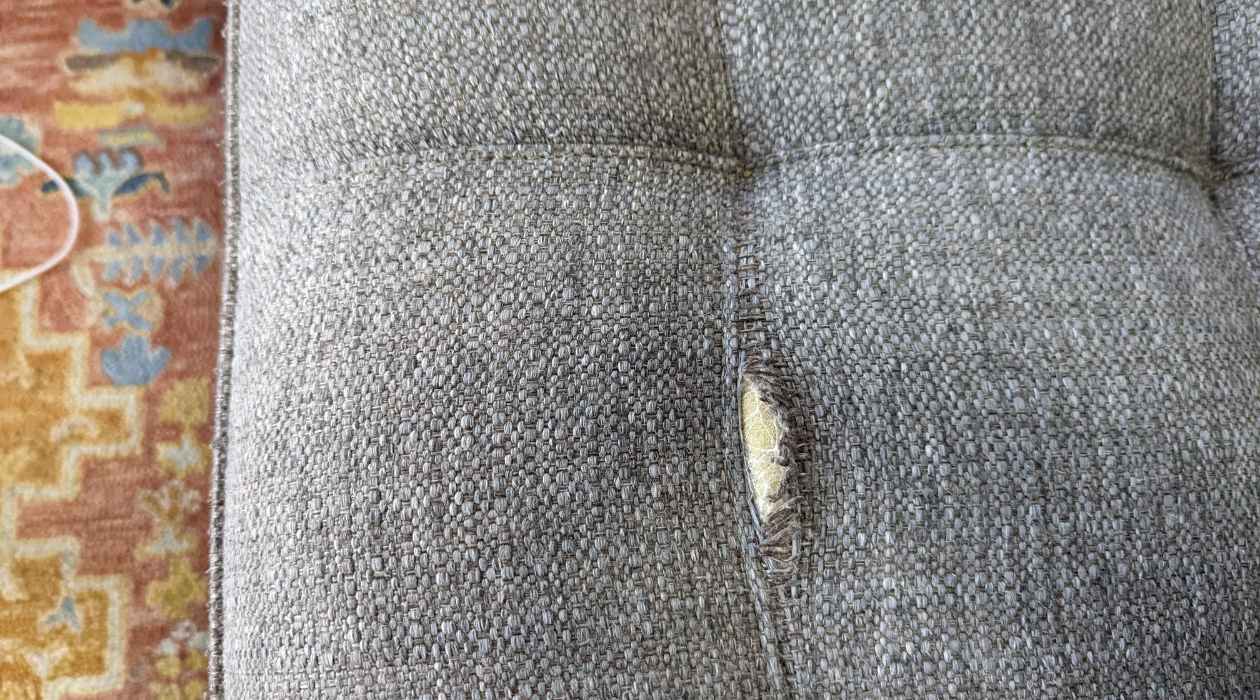

Living Room Furniture
How To Fix Torn Couch Cushions
Modified: March 16, 2024
Learn how to easily fix torn couch cushions and restore the comfort of your living room furniture. Follow our step-by-step guide now!
(Many of the links in this article redirect to a specific reviewed product. Your purchase of these products through affiliate links helps to generate commission for Storables.com, at no extra cost. Learn more)
Introduction
Welcome to our comprehensive guide on fixing torn couch cushions. As the centerpiece of your living room, your couch not only provides comfort but also adds a touch of elegance and style to your home. However, over time, the cushions can start to show signs of wear and tear, with tears and rips being a common problem.
A torn couch cushion not only affects the aesthetic appeal of your furniture but also compromises the overall comfort and support it provides. However, the good news is that you don’t have to invest in a brand-new couch just because of a torn cushion. In this article, we will walk you through the step-by-step process of fixing torn couch cushions, allowing you to breathe new life into your trusty furniture piece.
Before we begin, it’s important to note that the extent of the damage will determine whether the cushion can be repaired or if it requires professional assistance. Small tears and rips can often be easily fixed with some DIY efforts, but larger or more complex damage may require the help of an upholsterer.
Now, let’s dive into the process of assessing the damage and gathering the necessary materials to get started.
Key Takeaways:
- Don’t let a torn couch cushion ruin your living room vibe. With some basic materials and patience, you can easily repair it yourself and enjoy a cozy, stylish couch once again!
- Assess the damage, gather materials, and follow the step-by-step process to fix torn couch cushions. Add final touches for a polished look and enjoy your restored living room centerpiece.
Read more: How To Fix Cushions On Couch
Assessing the Damage
The first step in fixing torn couch cushions is to assess the extent of the damage. This will help determine the appropriate repair method and the materials you’ll need. Here’s what you need to do:
- Inspect the tear: Carefully examine the torn area of the cushion. Note the size, location, and any additional damage such as fraying or loose threads.
- Determine the cause: Understanding what caused the tear can help prevent future damage. Was it due to excessive use, sharp objects, or pets? Knowing the cause will help you take preventive measures.
- Assess the stuffing: Check the condition of the cushion stuffing. If it’s flattened or damaged, you may need to replace it before repairing the fabric.
- Consider the fabric type: Take note of the type of fabric used on the cushion. Different fabrics require different repair techniques and materials, so knowing the fabric type is crucial.
By carefully examining the tear, understanding its cause, assessing the stuffing, and noting the fabric type, you’ll have a better understanding of what needs to be done to fix your torn couch cushion. Now, let’s move on to gathering the necessary materials for the repair process.
Gathering Materials
Now that you have assessed the damage to your torn couch cushion, it’s time to gather the necessary materials to fix it. Here are the materials you will typically need:
- Fabric patch or replacement fabric: Depending on the size and location of the tear, you may either need a small fabric patch to cover the tear or a larger piece of replacement fabric to sew onto the cushion.
- Thread: Choose a strong and durable thread that matches the color of the fabric.
- Needle and pins: A sharp needle and some sewing pins will be essential for sewing the fabric and holding it in place.
- Scissors: Use a pair of fabric scissors to cut the patch or replacement fabric to the desired size and shape.
- Measuring tools: A measuring tape or ruler will be handy for accurately measuring the dimensions of the tear and the fabric used for repairs.
- Seam ripper: This tool is helpful for removing any existing stitches or threads that may be in the way of the repair process.
- Optional: Upholstery adhesive or fabric glue: If the tear is small and in an inconspicuous area, you may choose to use adhesive or fabric glue to seal the tear instead of sewing.
These are the basic materials you’ll need to fix a torn couch cushion. However, depending on the specific repair method or technique you choose, you may require additional materials such as a sewing machine, foam or stuffing replacement, or upholstery pins. Make sure to assess your specific repair needs and gather all the necessary materials before proceeding with the next steps.
With the materials gathered, you’re now ready to move on to the next step: removing the old fabric from the cushion.
Removing the Old Fabric
Before you can begin repairing your torn couch cushion, you’ll need to remove the old fabric. Here’s a step-by-step guide on how to do it:
- Flip the cushion: Turn the cushion upside down to access the bottom side, where the fabric is typically attached.
- Locate the seams: Look for the seams or stitches that hold the fabric in place. These are usually located along the edges of the cushion.
- Use a seam ripper: Carefully insert a seam ripper into the stitches, and gently cut or break the threads to loosen the fabric. Be careful not to damage the cushion or foam beneath.
- Gradually remove the fabric: Slowly remove the fabric piece by piece, ensuring that you don’t tear or stretch it further. You may need to use scissors to carefully cut any stubborn threads.
- Inspect the cushion: Once the old fabric is removed, take a moment to inspect the cushion for any additional damage or wear that may need to be addressed before proceeding with the repair.
Removing the old fabric can be a delicate process, especially if the tear extends close to the seams or if the fabric is fragile. Take your time and be patient to avoid causing more damage. Once the old fabric is removed and the cushion is inspected, you can move on to the next step: repairing the cushion.
Repairing the Cushion
With the old fabric removed, it’s time to focus on repairing the torn cushion. Follow these steps to restore your cushion to its former glory:
- Prepare the cushion: Ensure that the cushion is clean and free from any debris or loose threads. If the stuffing is flattened or damaged, consider replacing it before continuing with the repair.
- Align the torn edges: Carefully align the torn edges of the fabric, ensuring that they fit together smoothly. Use pins to hold the fabric in place if necessary.
- Choose your repair method: Depending on the size and location of the tear, you have a few options for repairing the cushion. You can use a fabric patch to cover the tear, sew the torn edges back together, or utilize fabric glue or adhesive for a quick fix.
- Sewing the tear: If you choose to sew the tear, thread a needle with a color-matching thread and make small, even stitches along the edges of the tear. Take care to secure the fabric firmly without pulling too tightly.
- Using a fabric patch: If the tear is large or the fabric is too damaged to repair by sewing, cut a fabric patch slightly larger than the tear. Place the patch on the backside of the fabric and sew it into place, ensuring that the patch covers the tear completely.
- Using fabric glue or adhesive: For small tears in inconspicuous areas, you may choose to use fabric glue or adhesive. Apply a small amount of glue or adhesive along the tear, press the fabric together, and hold it in place according to the manufacturer’s instructions.
Remember to take your time and work with precision to achieve the best results. Once the tear is repaired, allow the adhesive or sewn stitches to dry or set completely before proceeding to the next step of attaching the new fabric.
Now that you’ve repaired the cushion, it’s time to move on to attaching the new fabric.
To fix torn couch cushions, you can use a needle and thread to carefully sew the tear closed. Make sure to use a strong thread and small, tight stitches to ensure a durable repair.
Read more: How To Fix Flattened Couch Cushions
Attaching the New Fabric
Now that you have repaired the torn cushion, it’s time to attach the new fabric. Follow these steps to securely fasten the fabric to your cushion:
- Measure and cut the fabric: Using the old fabric as a template or referencing your measurements, cut the new fabric to the appropriate size and shape. Make sure to leave some extra fabric for folding and securing.
- Position the fabric: Place the new fabric over the cushion, ensuring it covers the entire surface and aligns with the edges. Smooth out any wrinkles or creases for a neat appearance.
- Secure the fabric: Starting with one side of the cushion, fold the edges of the fabric towards the center and secure them in place using pins or clips. Repeat this process for all sides, ensuring that the fabric is taut but not overly stretched.
- Sewing the fabric: Using a needle and thread, sew the folded edges of the fabric to the cushion. Make small, even stitches along the edges, taking care to conceal the stitches within the fold to create a clean and seamless finish.
- Trim excess fabric: Once the fabric is securely sewn to the cushion, trim any excess fabric along the edges for a tidy appearance. Be careful not to cut too close to the stitches.
As you attach the new fabric, it’s important to ensure that it is smooth, properly centered, and securely fastened. Take your time and be meticulous with your sewing to achieve a professional-looking result. Once the fabric is attached, you can move on to the next step: securing the cushion.
Now that you have attached the new fabric to your cushion, it’s time to move on to the final step: securing the cushion within the couch.
Securing the Cushion
With the new fabric securely attached to the cushion, the next step is to properly secure the cushion within the couch frame. Follow these steps to ensure a snug and stable fit:
- Test the fitting: Place the cushion back into the couch frame and check if it aligns properly and fits snugly. Make any necessary adjustments before proceeding.
- Use Velcro or fabric ties: To prevent the cushion from slipping or moving out of place, consider using Velcro strips or fabric ties. Attach one side of the Velcro or tie to the bottom of the cushion and the other side to the couch frame. This will help keep the cushion in place.
- Check for stability: Sit on the couch and test the stability of the cushion. Ensure that it stays in place and provides adequate support and comfort. Make any additional adjustments if needed.
By securing the cushion properly, you can ensure that it stays in place, providing a comfortable seating experience and maintaining the overall appearance of your couch. Take the time to test the fitting and stability before moving on to the final touches.
Now that you have securely attached and aligned the cushion within the couch, it’s time to add the final touches to complete the repair process.
Final Touches
With the torn couch cushion repaired and securely in place, it’s time to add the final touches to complete the restoration process. These finishing touches will not only enhance the appearance of your couch but also ensure the longevity of the repair. Here’s what you can do:
- Inspect the entire cushion: Take a close look at the entire cushion and make sure that all the stitches and fabric are secure. Check for any loose threads or areas that may need reinforcement.
- Trim loose threads: Use a pair of scissors to carefully trim any loose threads or stray fabric that may be sticking out. This will give your cushion a clean and polished look.
- Clean and treat the fabric: If the fabric is dirty or stained, follow the manufacturer’s instructions for proper cleaning. Consider treating the fabric with a fabric protector spray to help guard against future spills and stains.
- Fluff and reshape the cushion: Give your cushion a good fluff and reshape it, ensuring that it’s evenly distributed and comfortable to sit on. This will help restore its original fullness and shape.
- Place decorative pillows or covers: To further enhance the appearance of your couch, add decorative pillows or covers that complement the repaired cushion. This will add a pop of color and personal style to your living room.
By paying attention to these final touches, you can ensure that your repaired couch cushion looks and feels like new. Regularly inspecting and maintaining the cushion will help extend its lifespan and keep it in optimal condition for years to come.
With the final touches completed, you can now sit back, relax, and enjoy your newly restored couch. Remember to take proper care of your furniture to minimize the risk of future tears and damage. And should you encounter any further issues, don’t hesitate to refer back to this comprehensive guide on fixing torn couch cushions.
Thank you for reading, and happy repairing!
Conclusion
Fixing torn couch cushions is a rewarding and cost-effective way to breathe new life into your living room furniture. With a bit of time, effort, and the right materials, you can restore your torn cushions and enjoy the comfort and aesthetic appeal of your couch for years to come.
Throughout this comprehensive guide, we’ve covered the step-by-step process of assessing the damage, gathering the necessary materials, removing the old fabric, repairing the cushion, attaching the new fabric, securing the cushion, and adding the final touches. By following these instructions, you can successfully repair your torn couch cushions and ensure a seamless and sturdy restoration.
Remember, each couch cushion may have unique requirements, so it’s essential to assess the damage and choose the appropriate repair method accordingly. Small tears can often be easily sewn or patched, while larger or more complex damage may require professional assistance.
Furthermore, regular care and maintenance are crucial for preventing future damage to your couch cushions. Avoid placing sharp objects or exerting excessive pressure on the cushions. Vacuuming or spot cleaning the fabric regularly will also help keep them clean and in good condition.
With the tips and techniques provided in this guide, you can confidently tackle torn couch cushions and revitalize your living room. So don’t let tears and rips ruin the comfort and beauty of your beloved couch. Take action and enjoy the satisfaction of a job well done.
Thank you for joining us on this repair journey. May your couch cushions always remain plush, comfortable, and tear-free!
Frequently Asked Questions about How To Fix Torn Couch Cushions
Was this page helpful?
At Storables.com, we guarantee accurate and reliable information. Our content, validated by Expert Board Contributors, is crafted following stringent Editorial Policies. We're committed to providing you with well-researched, expert-backed insights for all your informational needs.

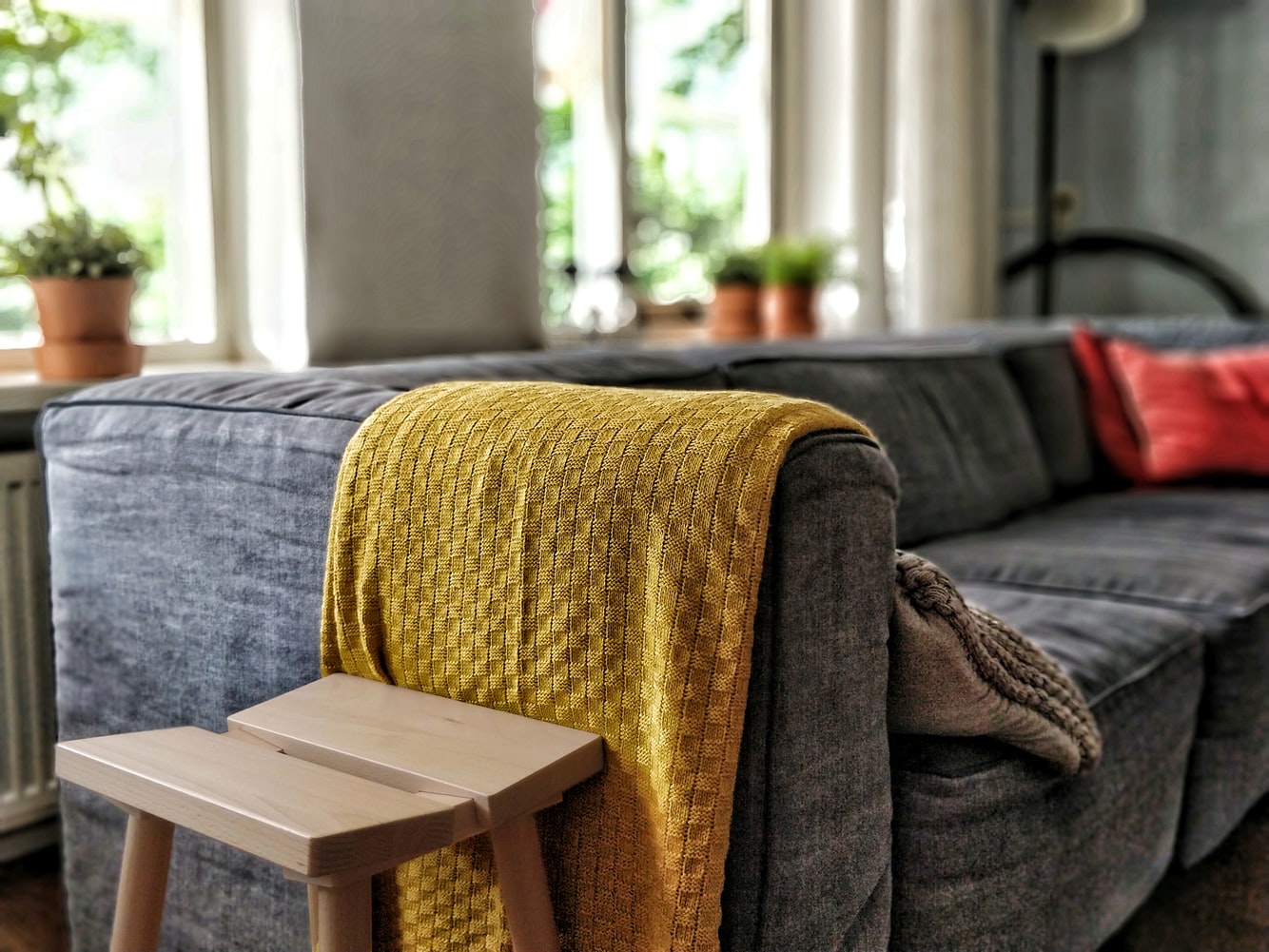
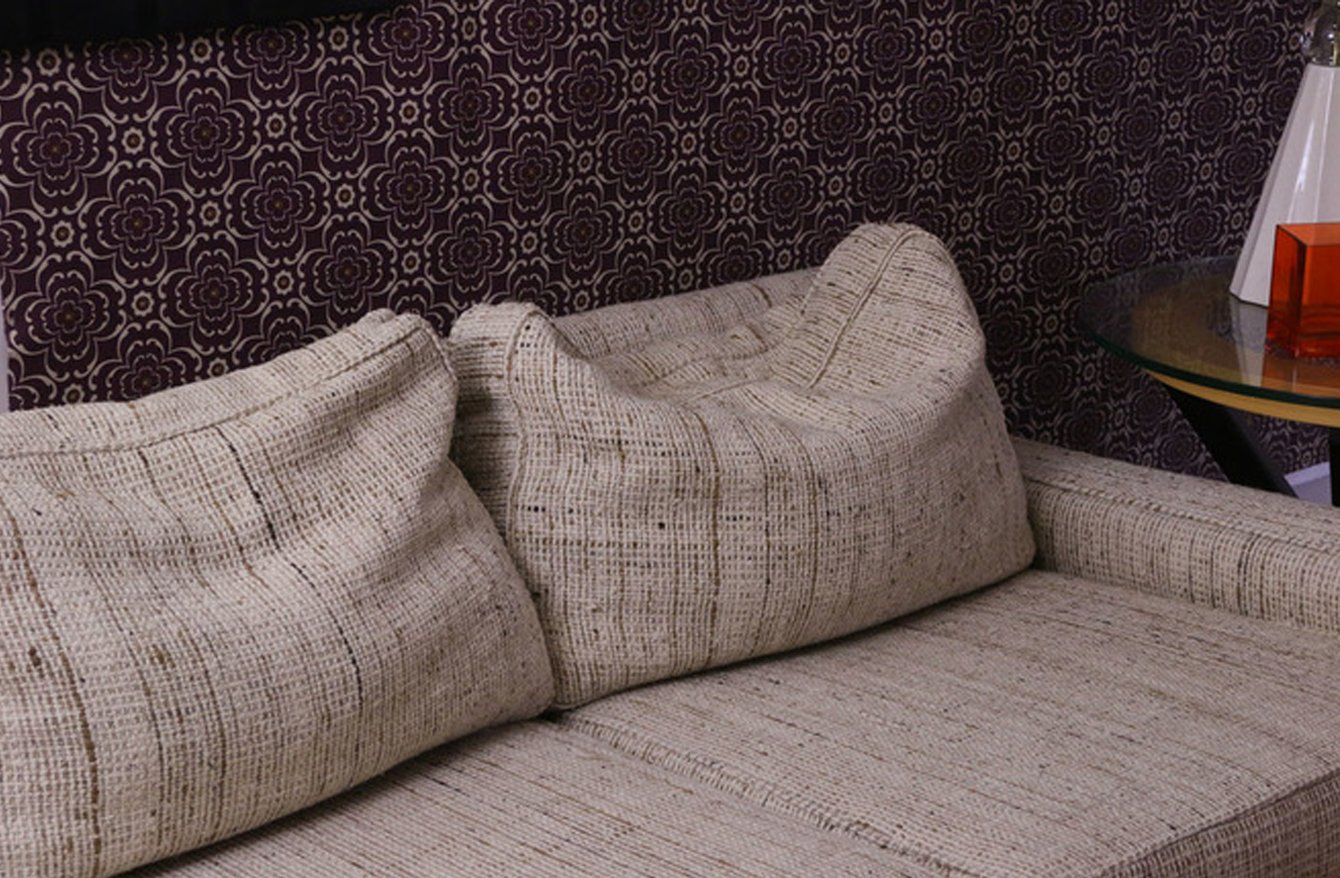


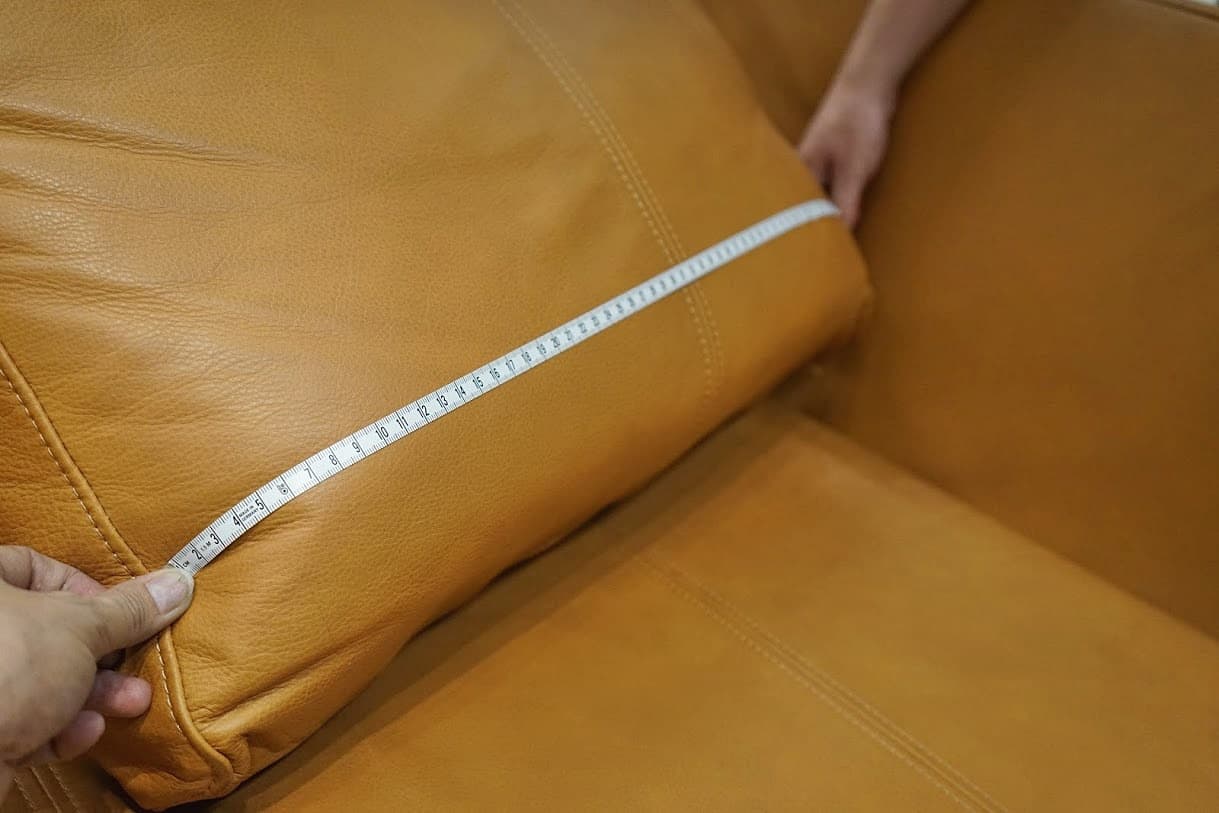
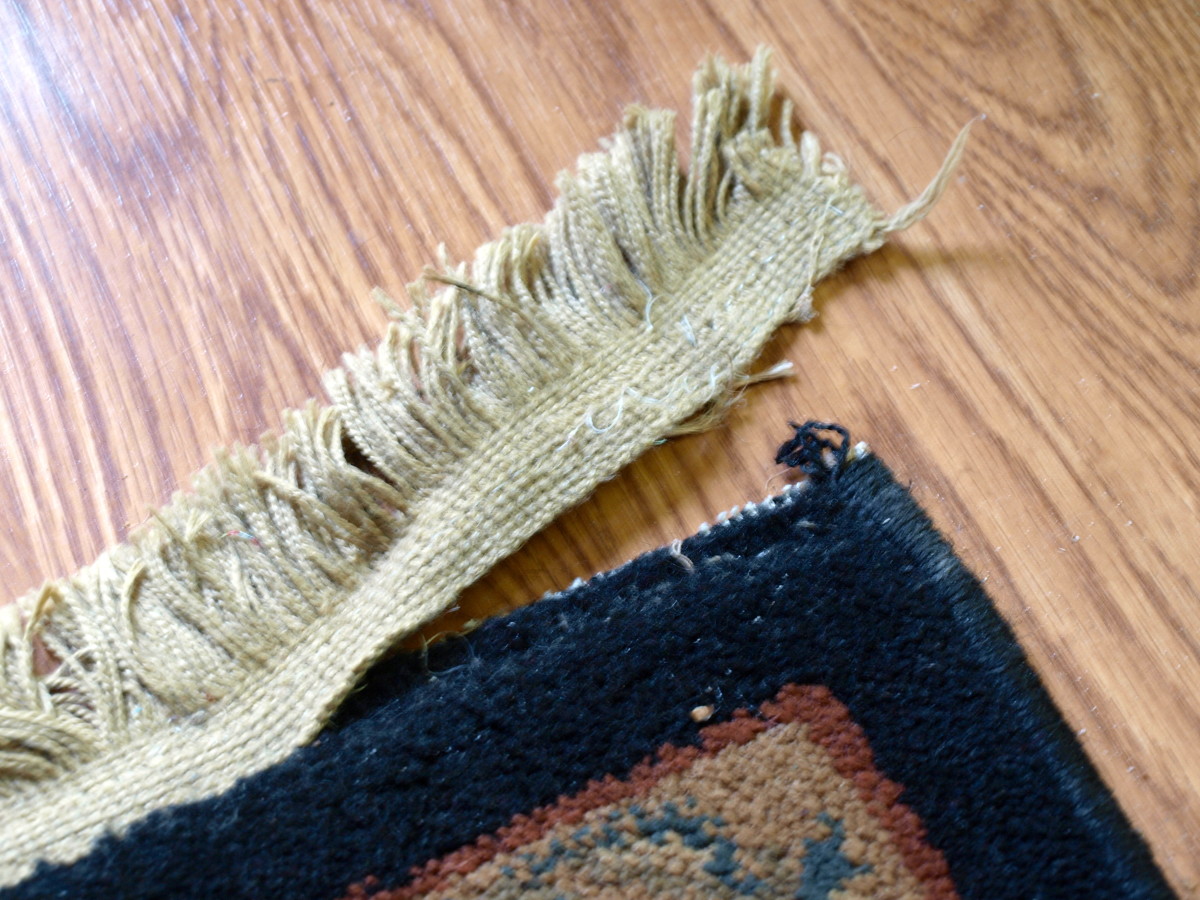


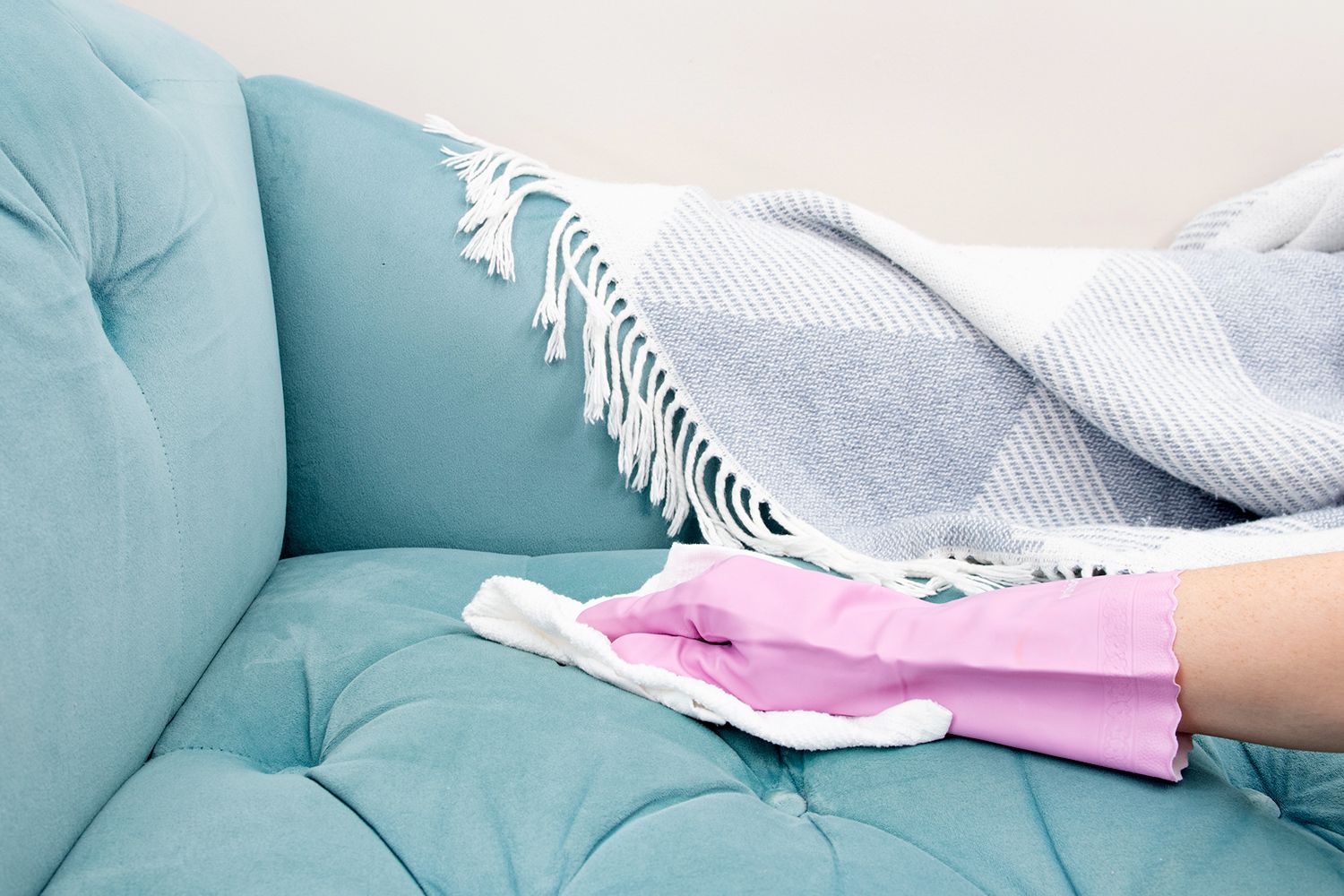
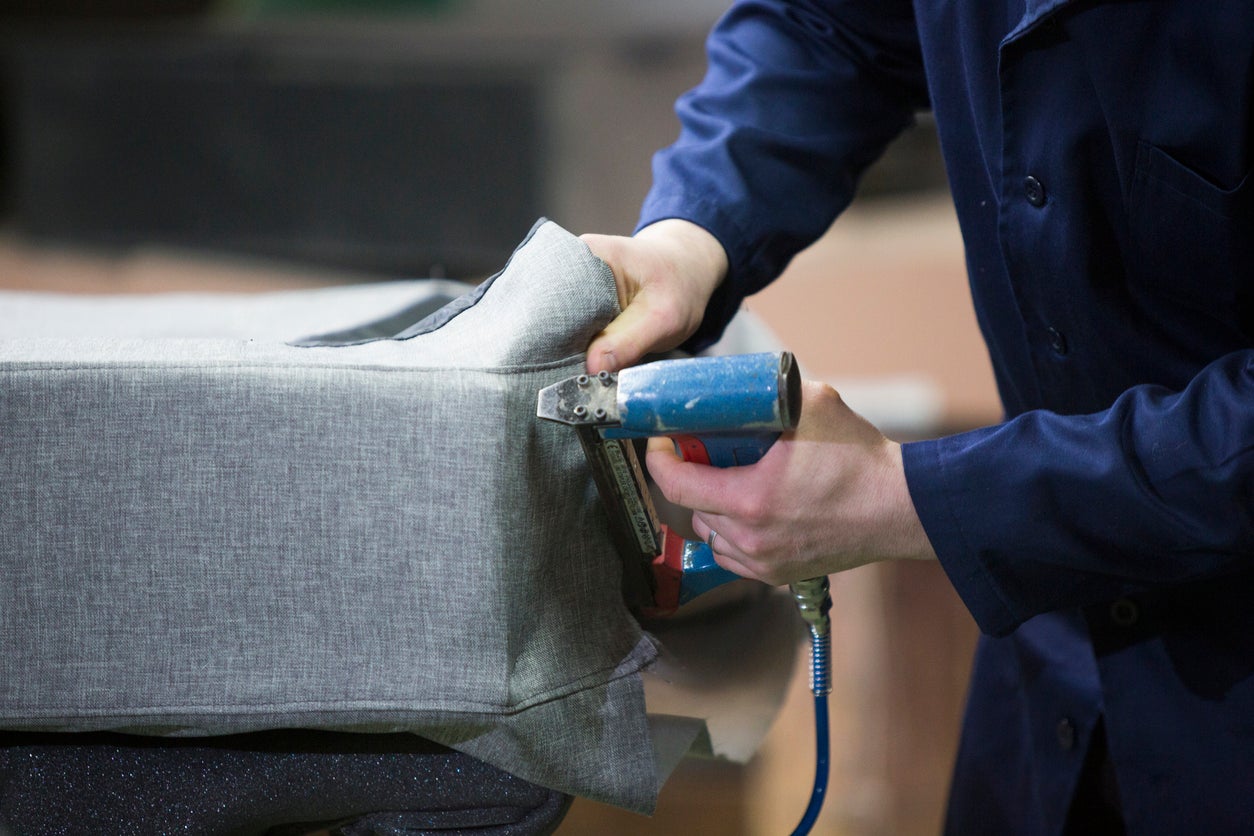
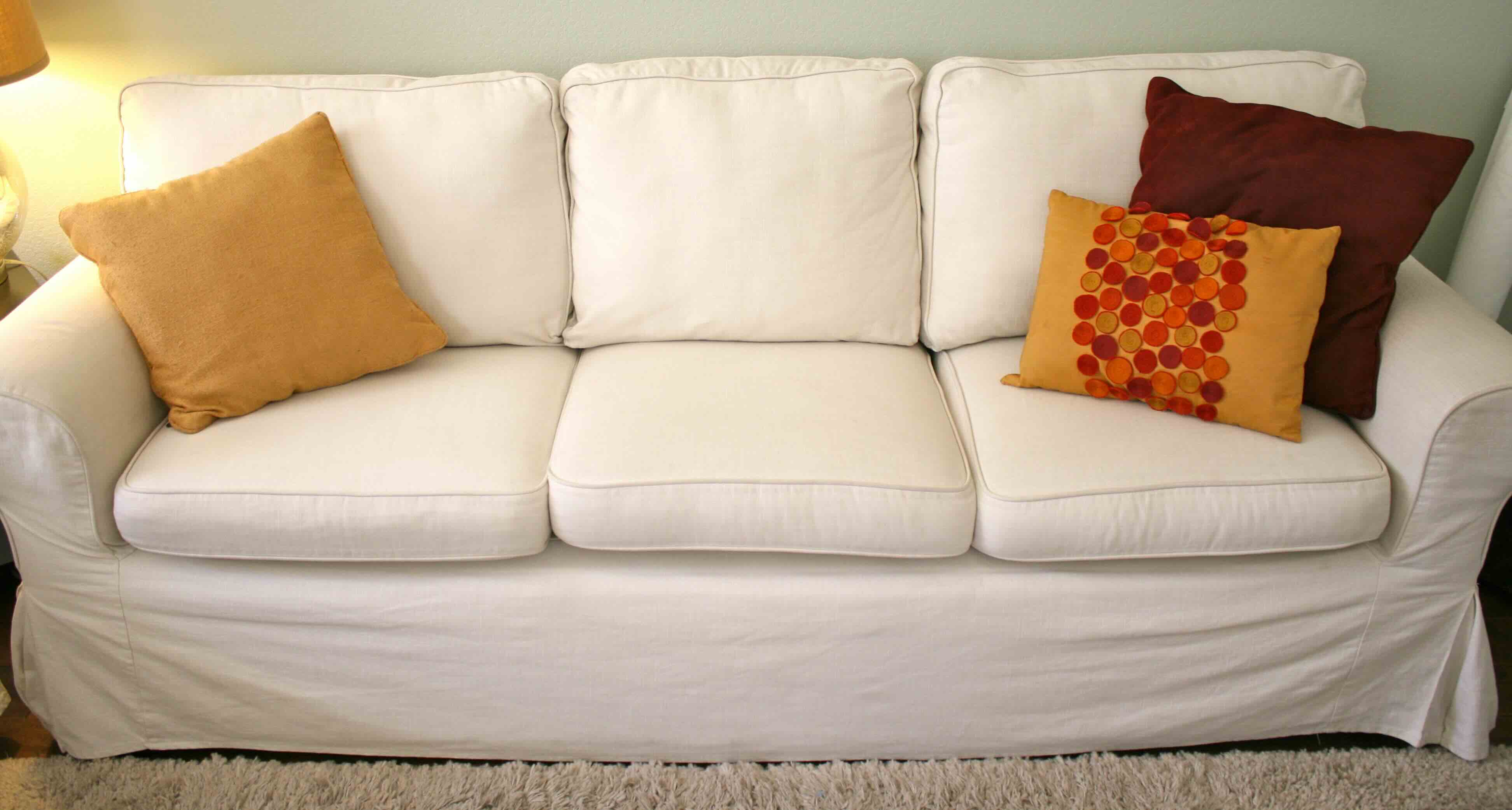
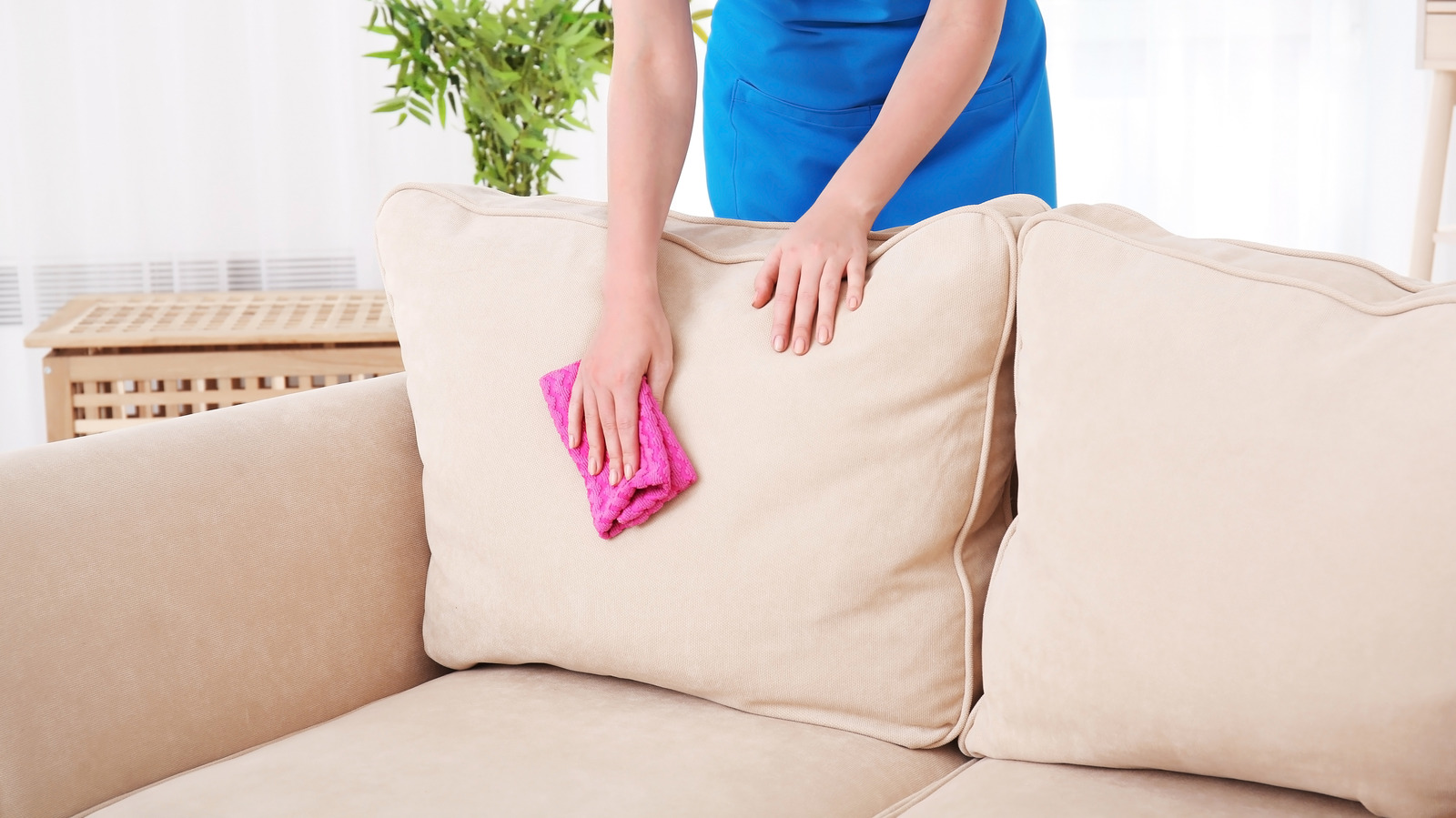
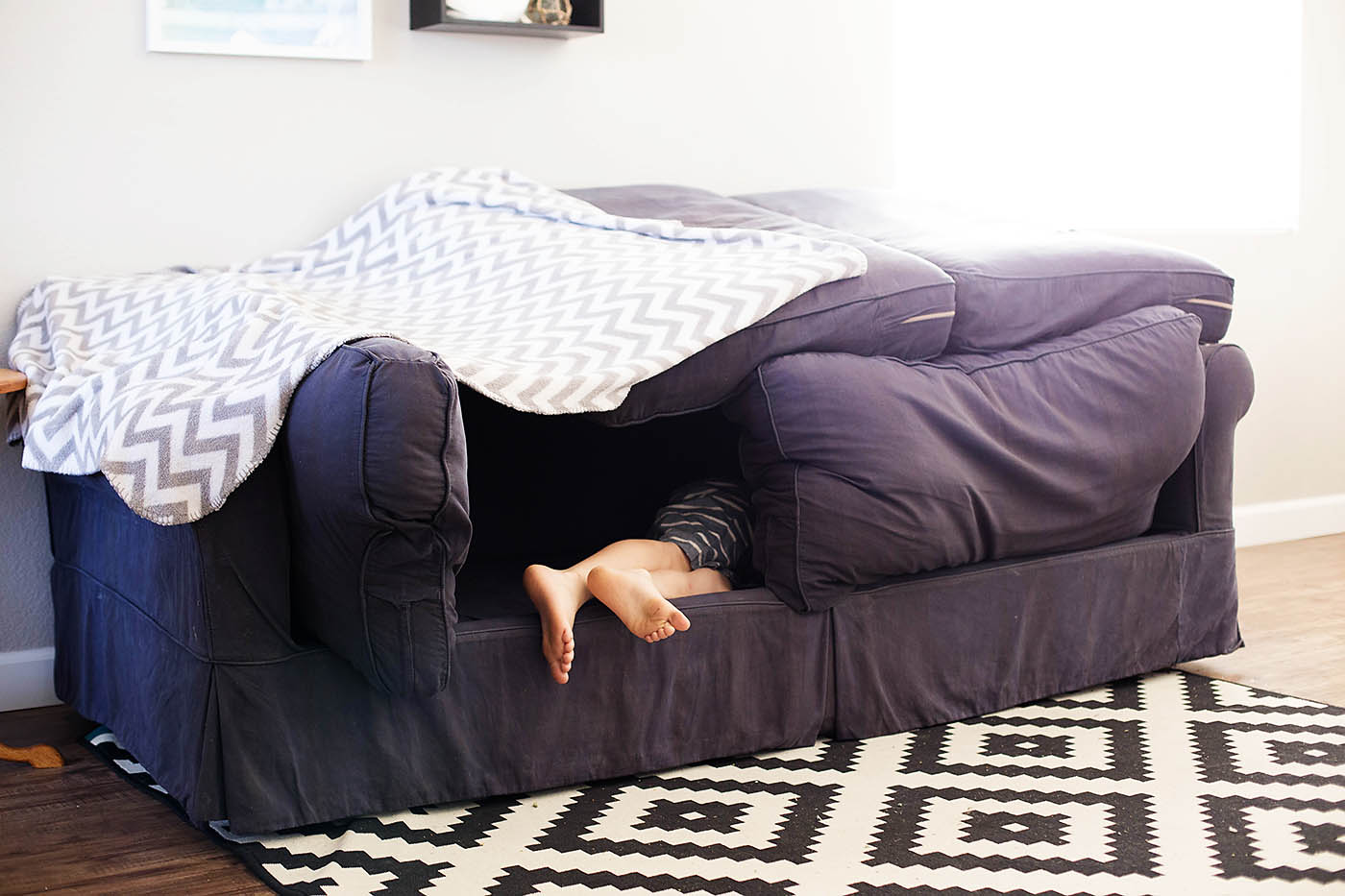

0 thoughts on “How To Fix Torn Couch Cushions”